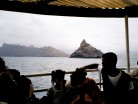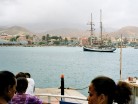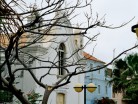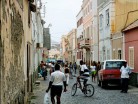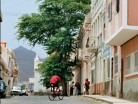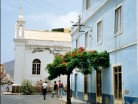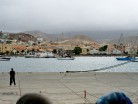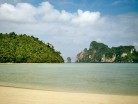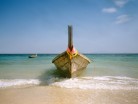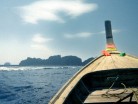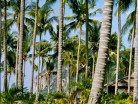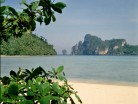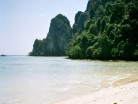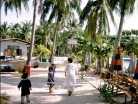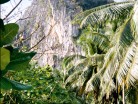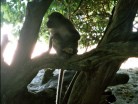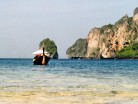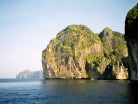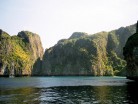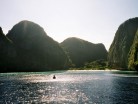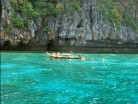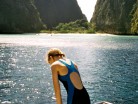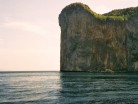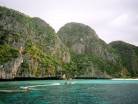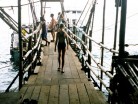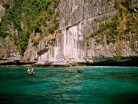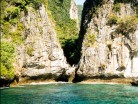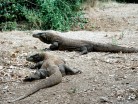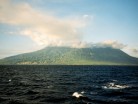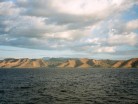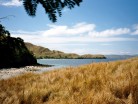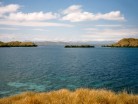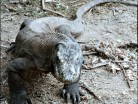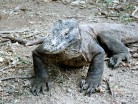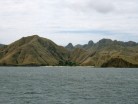São Vicente (Portuguese for “Saint Vincent”), also Son Visent or Son Sent in Cape Verdean Creole, is one of the Barlavento islands of Cape Verde. It is located between the islands of Santo Antão and Santa Luzia, with the Canal de São Vicente separating it from Santo Antão.
The island is composed by a single administrative division, the São Vicente municipality. It includes all the island of São vicente plus the nearby uninhabited Santa Luzia island to the southeast. The “Dia do Município” or “Municipality Day” is on January 22. The municipality includes only one parish, Nossa Senhora da Luz.
The island is roughly rectangular in shape with a surface area of ca. 227 km2 (88 sq mi). From east to west it measures 24 km (15 mi) and from north to south no more than 16 km (9.9 mi). The terrain includes mountains in the west, the southwest, the south, the east-central and the north. The area is flat in the north-central, the central part, the eastern part south of Calhau and the northern part in the Baía das Gatas area. The urban area of Mindelo is in the northern part. Much of the island is deforested.
